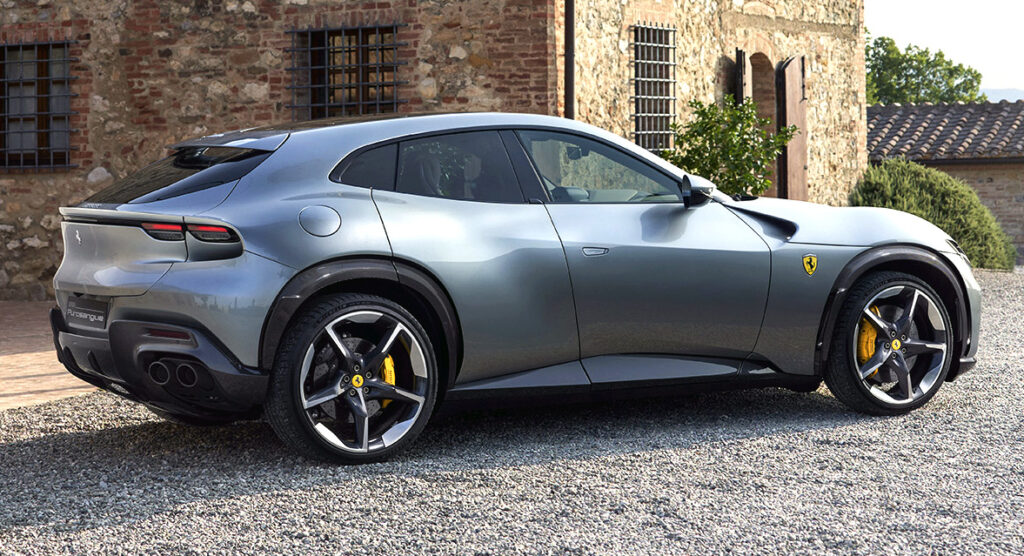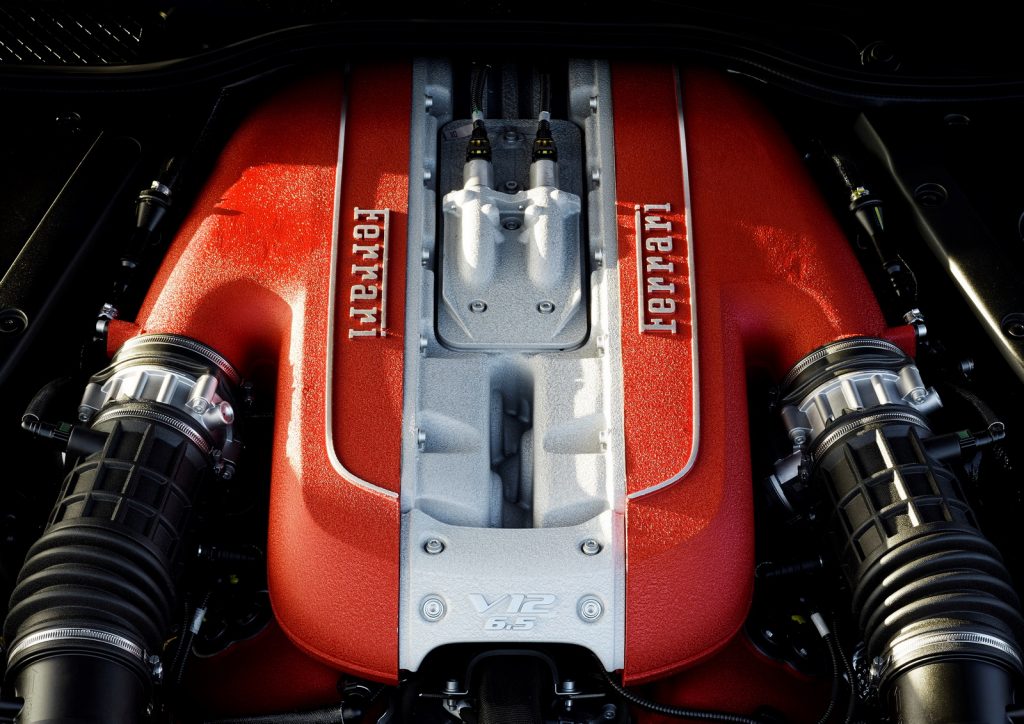It could be the coolest job in the car business, or it could be the worst. A team at Ferrari has been working out how the company’s EVs should sound, which is a massive deal, because the noise of a Ferrari’s combustion motor is a core part of its appeal.
You could reasonably argue that the way a combustion supercar sounds is more important than ever. Why? Because that rich, potentially slightly terrifying tune coming from the exhaust and induction system gives them a USP in an automotive landscape when even many premium or luxury cars have downsized to efficient and soulless four-cylinder engines.
We used to be able to say the same thing about supercars and performance, but not any more. These days many combustion supercars run the risk of having their asses handed to them by the quickest EV sedans and SUVs when the stoplight turns green. And though we can expect the first fully electric Ferrari coming in 2025 to be faster than any regular EV, it’s going to become harder and harder for all automakers to make the kind of gains (and certainly useable gains) in acceleration that we’ve enjoyed in recent years.
So what’s left if you take away the sound and performance advantage? You could argue that exotics will still have a handling advantage, but how useful is that going to be 20 or 30 years down the line when cars are driving themselves? Steering feel becomes irrelevant when you haven’t got a steering wheel, or leave it stored in the dashboard most of the time. And since even automated supercars are going to have to drive at the same speed as every other automated car, the fact that they could theoretically pull 3g on a skidpad won’t matter one bit. Plus, as your girlfriend has probably told you a millions times, getting tossed about as a passenger is a lot less fun than it is for the driver.
Related: Ferrari Files Patent That Could Give Its EVs A ‘Real’ Exhaust Note

Clearly it’s going to be decades before that kind of large-scale autonomous driving situation, and – perhaps eventually compulsory – autonomy becomes a reality. But it’s one automakers are going to have to face at some point if they want to remain in business at the tail end of this century. In the short term Ferrari says it will limit autonomous tech to basic Level 2/Level 2 Plus autonomous systems, but the long term outlook is totally different and the likes of Ferrari will already be planning for it because automakers are always looking much further into the future than we consumers and fans are.
So while we’re intrigued (and yes, some of us probably slightly horrified) by the concept of, in the first instance, a Ferrari crossover, and in the second, an electric Ferrari and what kind of noise its new patented amplifier might make, the suits at Maranello are already wrestling with even bigger conundrums. They’re trying to work out how the Ferraris that follow on much later can still feel authentic when they can’t fall back on the familiar strengths the company has relied on to seduce us over the past 70 years.
Our guess is that design and materials will play an even bigger role than they do today in making us lust after the cars we can’t afford, and maybe the customer base will be happy to accept that new reality. The fact that the Purosangue SUV sold out in record time shows just how much faith buyers put in Ferrari to make big changes when required, and still deliver on the Ferrari-ness.




